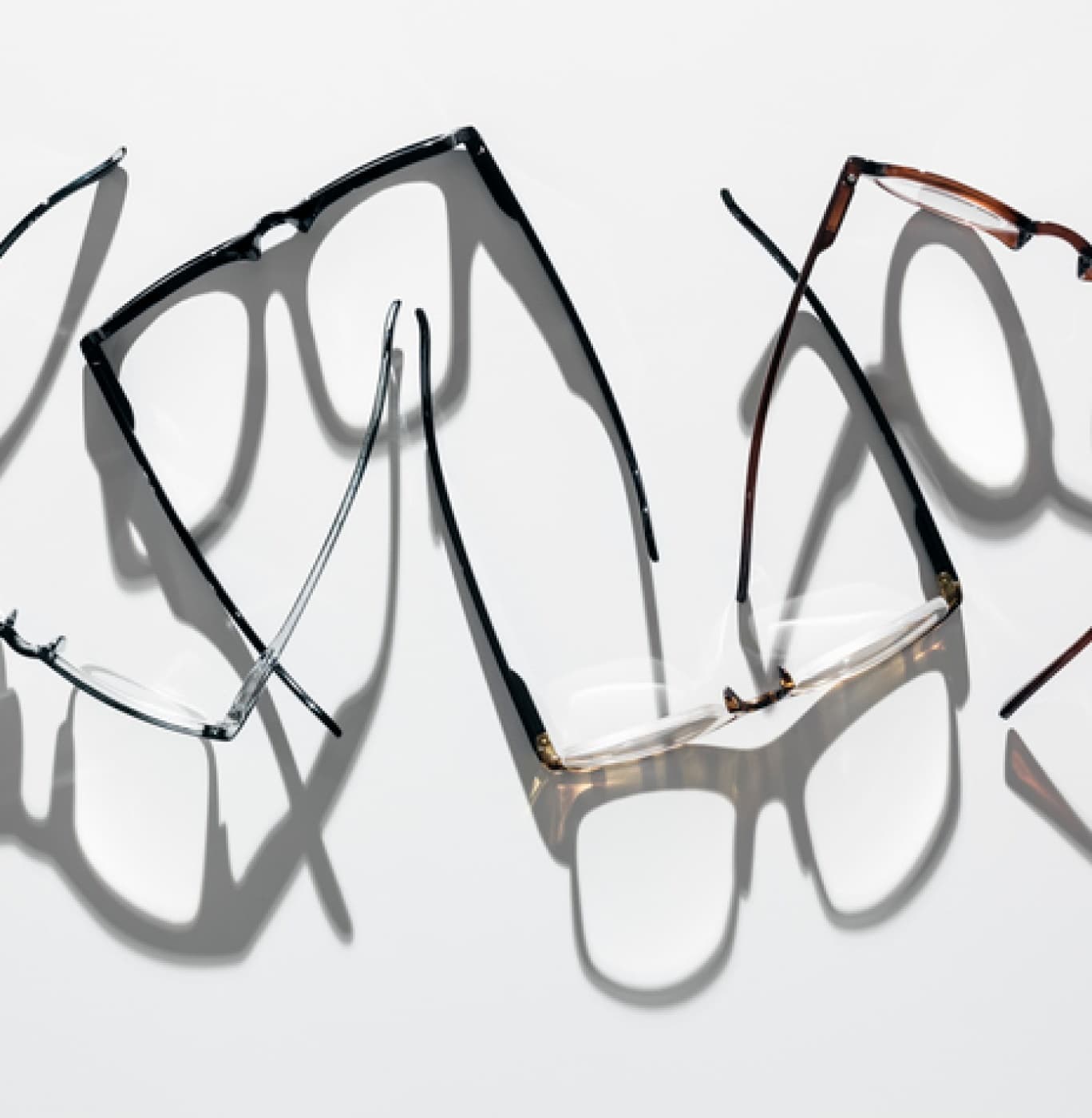La libertad visual que se merece
Trate la miopía con nuestra lente ICL Implantable Collamer®.

Amplia gama de tratamientos
Los lentes de contacto y los anteojos pueden ser una molestia y una limitación. ICL puede tratar una amplia gama de graduaciones, desde -0.5 hasta -18 dioptrías.
ICL vs LASIK vs PRK
Cuando se trata de la corrección visual, decidir qué es lo mejor para sus ojos puede ser difícil. Conozca las diferencias entre los procedimientos y vea si ICL es el adecuado para usted.
ICL
LASIK
PRK
Calidad de la visión
ICL
LASIK
PRK
Características de seguridad
ICL
LASIK
PRK
Solo toma 30 minutos
El procedimiento es mínimamente invasivo y el lente se implanta a través de una pequeña abertura que permite un procedimiento rápido y un tiempo de recuperación. Con más de 3.000.000 de lentes distribuidas en todo el mundo, se está convirtiendo rápidamente en el procedimiento de corrección visual elegido por muchas personas en todo el mundo.
Información de Seguridad Importante
The ICL is designed for the correction/reduction of myopia in adults ranging from -0.5 D to -20.0 D with or without astigmatism up to 6.0 D and the correction/reduction of hyperopia in adults with hyperopia ranging from +0.5 D to +16.0 D with or without astigmatism up to 6.0 D. It is indicated for patients who are 21 to 45 years of age. In order to be sure that your surgeon will use an ICL with the most adequate power for your eye, your nearsightedness, farsightedness and astigmatism should be stable for at least a year before undergoing eye surgery. ICL surgery may improve your vision without eyeglasses or contact lenses. ICL surgery does not eliminate the need for reading glasses, even if you have never worn them before. ICL represents an alternative to other refractive surgeries including, laser assisted in situ keratomileusis (LASIK), photorefractive keratectomy (PRK), incisional surgeries, or other means to correct your vision such as contact lenses and eye glasses. Implantation of an ICL is a surgical procedure, and as such, carries potentially serious risks. The following represent potential complications/adverse reactions reported in conjunction with refractive surgery in general: additional surgeries, cataract formation, loss of best corrected vision, raised pressure inside the eye, loss of cells on the innermost surface of the cornea, conjunctival irritation, acute corneal swelling, persistent corneal swelling, endophthalmitis (total eye infection), significant glare and/or halos around lights, hyphaema (blood in the eye), hypopyon (pus in the eye), eye infection, ICL dislocation, macular oedema, non-reactive pupil, pupillary block glaucoma, severe inflammation of the eye, iritis, uveitis, vitreous loss and corneal transplant. Before considering ICL surgery you should have a complete eye examination and talk with your eye care professional about ICL surgery, especially the potential benefits, risks, and complications. You should discuss the time needed for healing after surgery.
Note: Indications vary by market. Check with your doctor to determine the indications in your country.
Seleccione su región
Latin America
Referencias
1. Patient Survey, STAAR Surgical ICL Data Registry, 2018
2. Naves, J.S. Carracedo, G. Cacho-Babillo, I. Diadenosine Nucleotid Measurements as Dry-Eye Score in Patients After LASIK and ICL Surgery. Presented at American Society of Cataract and Refractive Surgery (ASCRS) 2012.
3. Shoja, MR. Besharati, MR. Dry eye after LASIK for myopia: Incidence and risk factors. European Journal of Ophthalmology. 2007; 17(1): pp. 1-6.
4. Parkhurst G. A Prospective Comparison of Phakic Collamer Lenses and Wavefront-Optimized Laser-Assisted In Situ Keratomileusis for Correction of Myopia. Clinical Ophthalmology 2013: 10: 1209–1215.
5a. Parkhurst, G. Psolka, M. Kezirian, G. Phakic intraocular lens implantantion in United States military warfighters: A retrospective analysis of early clinical outcomes of the ICL. J Refract Surg. 2011;27(7):473-481.
5b. Gimbel, Howard V et al. Management of myopic astigmatism with phakic intraocular lens implantation. Journal of Cataract & Refractive Surgery , Volume 28 , Issue 5 , 883 – 886.
